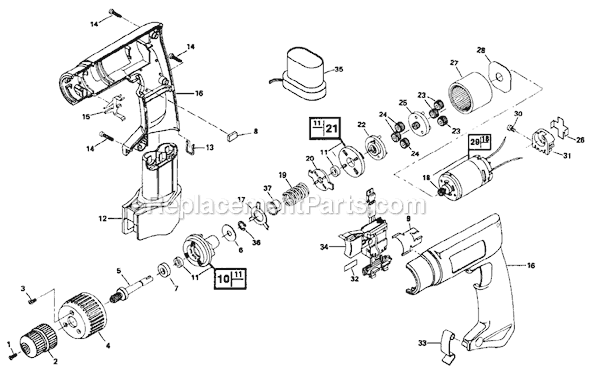Michael_Michael_Motorcycle
Mechanical
- Apr 25, 2024
- 19
See this illustration of the gear set up I have.
I want to create a design where there is a gap in the teeth of the ring gear. This allows the planet gear to free-spin during part of the ring gear's rotation and then re-engage during the rest of the rotation.
The challenge I'm facing is figuring out how to design this assembly so that when the planet gear re-engages with the ring gear, it does so smoothly, without catching or jamming. Does anyone have suggestions or know of a way to achieve this?
Any advice on the design considerations or mechanisms that could help would be greatly appreciated!
I want to create a design where there is a gap in the teeth of the ring gear. This allows the planet gear to free-spin during part of the ring gear's rotation and then re-engage during the rest of the rotation.
The challenge I'm facing is figuring out how to design this assembly so that when the planet gear re-engages with the ring gear, it does so smoothly, without catching or jamming. Does anyone have suggestions or know of a way to achieve this?
Any advice on the design considerations or mechanisms that could help would be greatly appreciated!

